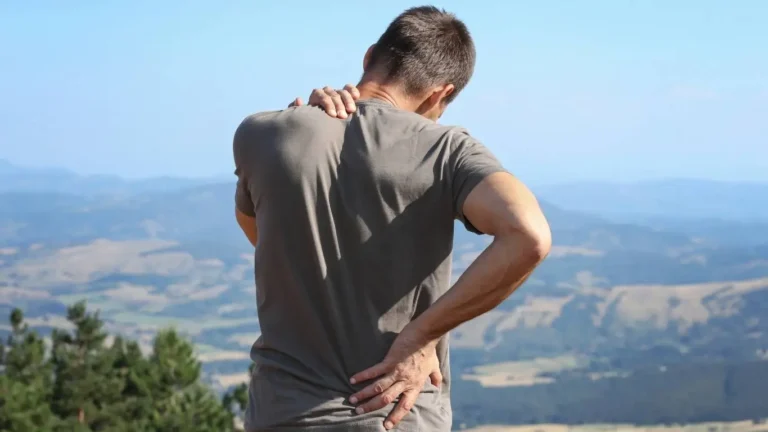“Manage Hypertension with Cold Exposure Therapy for Better Health”
Managing hypertension is something I’ve spent a lot of time focusing on throughout my career. I know how overwhelming it can be to deal with high blood pressure, especially when you’re looking for new ways to manage it without solely relying on medication. One strategy I’ve recently explored is managing hypertension with cold exposure therapy. This method has caught my attention not only for its potential health benefits but also because it’s something simple and relatively easy to incorporate into daily life.
While it may sound a little unconventional, there’s actually a growing body of evidence suggesting that cold exposure therapy can play a role in lowering blood pressure. So, let’s dive in and see how this technique might help you manage your hypertension.
Understanding Hypertension and Its Impact on Your Health
Before we get into how cold exposure therapy could help with hypertension, it’s important to have a good understanding of what hypertension is and why managing it is so critical. Hypertension, or high blood pressure, is when the force of the blood against your artery walls is consistently too high. Over time, this condition can cause serious health problems, including heart disease, kidney disease, and stroke. That’s why managing it is crucial.
As someone who specializes in hypertension, I can’t stress enough how critical it is to take a proactive approach. Most people with high blood pressure often don’t experience symptoms, which makes it even more dangerous. The more you know about your blood pressure and how to manage it, the better off you’ll be in the long run.

What is Cold Exposure Therapy?
Now, you might be wondering, what exactly is cold exposure therapy? In the simplest terms, cold exposure therapy is the practice of deliberately exposing your body to cold temperatures for short periods of time. This can range from cold showers to ice baths or even just walking outside in chilly weather with minimal clothing. The idea behind it is that these short bursts of cold can trigger certain biological responses in the body that might have beneficial effects, including improved circulation and reduced inflammation.
So, how does this all tie into hypertension? Well, there’s growing evidence that regular cold exposure can activate the body’s natural systems in ways that might help lower blood pressure over time. Let’s explore how this works.
How Cold Exposure Therapy May Help Manage Hypertension
Cold Exposure and Blood Circulation
One of the key mechanisms behind cold exposure therapy and its potential to help manage hypertension lies in its effect on blood circulation. When your body is exposed to cold, it naturally tries to preserve heat by narrowing the blood vessels (a process known as vasoconstriction). This helps to maintain your core temperature, but it can also have lasting effects on your vascular health. When the cold exposure ends, your blood vessels dilate (vasodilation), which improves circulation and blood flow throughout your body.
This process of vasoconstriction followed by vasodilation can improve the efficiency of your circulatory system, and potentially lower the pressure on your arteries. For someone with hypertension, this could be a game-changer in helping to manage their blood pressure more effectively.
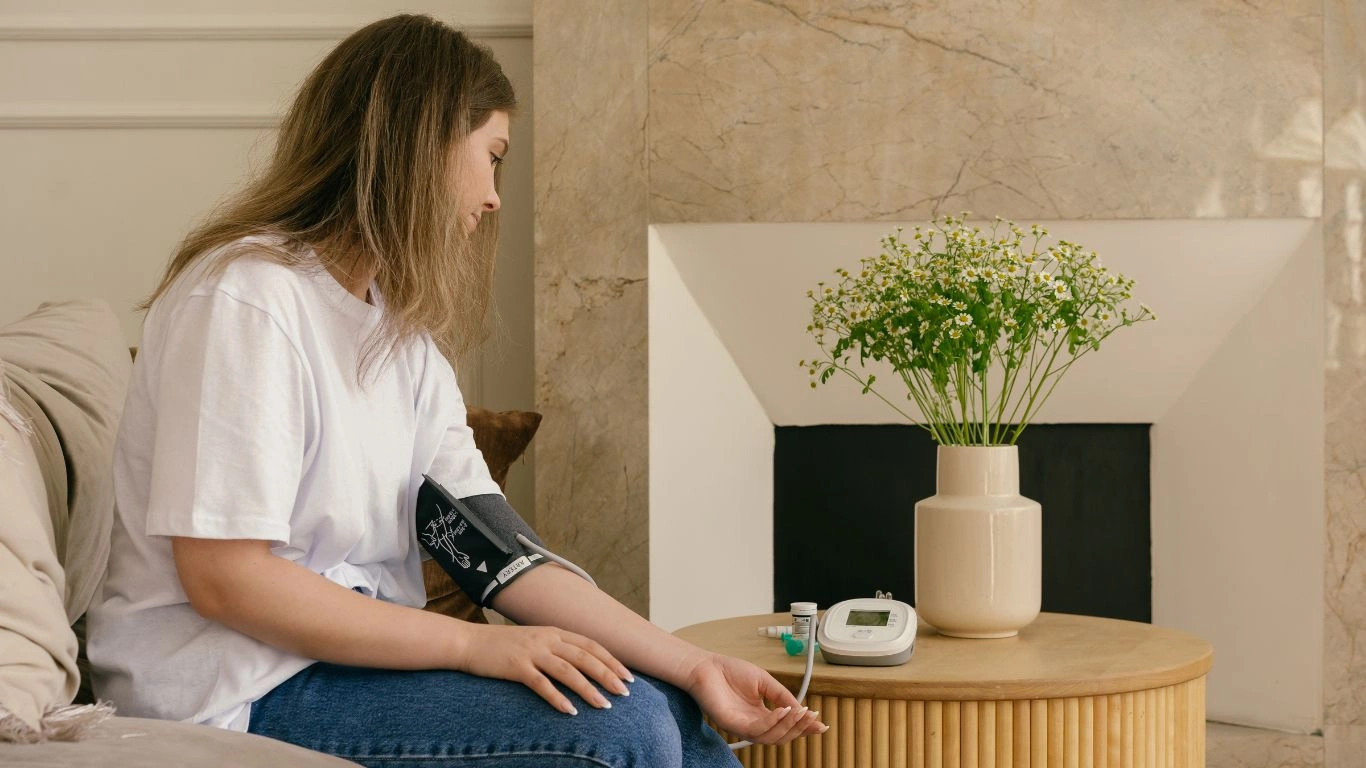
The Stress Response: Cold Exposure and Its Impact on the Body
Another factor to consider when it comes to cold exposure therapy is how it affects the body’s stress response. Cold exposure, especially in the form of controlled ice baths or cold showers, can trigger the release of stress hormones like norepinephrine. While that might sound counterintuitive—because we usually think of stress as something that raises blood pressure—norepinephrine has a unique ability to improve blood flow and even reduce inflammation over time.
Additionally, the body’s natural response to cold exposure can help the body become more resilient to stress, both physical and mental. This resilience is key for managing blood pressure because stress is one of the leading contributors to hypertension. By making your body more accustomed to dealing with stress in a controlled environment (like cold exposure), you could potentially help lower your blood pressure.
Different Methods of Cold Exposure Therapy
If you’re interested in incorporating cold exposure into your routine, there are several methods to consider. These methods range in intensity and effectiveness, so it’s important to find what works best for you and your body. Here are a few options you can try:
- Cold Showers: The most accessible option. Start with a warm shower and gradually lower the temperature to the coldest setting. Try to endure the cold for a few minutes, and then warm up afterward.
- Ice Baths: If you’re feeling adventurous, you could take an ice bath. This involves filling a tub with cold water and ice cubes and sitting in it for short periods. Start with 1-2 minutes and gradually increase the duration.
- Cold Exposure Walks: Simply stepping outside in chilly weather without heavy clothing can trigger the body’s cold response. This is an easy way to incorporate cold exposure without having to buy any equipment or go to a special location.
Tips for Getting Started with Cold Exposure
If you’re new to cold exposure therapy, it’s important to ease into it slowly. Start with shorter periods of time and gradually build up your tolerance. Here are a few tips to get you started:
- Start Slow: If you’re doing cold showers, begin by turning the water to lukewarm and slowly decrease the temperature over time.
- Consistency is Key: Cold exposure therapy can be most effective when done regularly. Try to incorporate it into your routine a few times a week to see results.
- Listen to Your Body: Pay attention to how your body reacts. If you feel too uncomfortable or experience any adverse effects, it’s okay to stop or reduce the intensity.

Exploring the Science Behind Cold Exposure Therapy
At this point, you might be wondering: does cold exposure therapy actually work for lowering blood pressure, or is it just a passing trend? Well, let’s dive deeper into the science behind this method. As someone who works with hypertension on a daily basis, I can tell you that understanding the underlying mechanisms is key to appreciating how cold exposure might be beneficial. While the research is still evolving, there’s compelling evidence that cold exposure can trigger physiological changes that may help lower blood pressure.
The Role of the Sympathetic Nervous System
One of the most fascinating aspects of cold exposure is its effect on the sympathetic nervous system (SNS). This system is responsible for the body’s “fight or flight” response. When you’re exposed to cold temperatures, the SNS is activated, which leads to the release of various hormones and neurotransmitters, such as norepinephrine. This hormone, as mentioned earlier, is crucial in regulating blood flow and has been shown to improve cardiovascular health over time.
Now, here’s the kicker: while the SNS is typically associated with increased heart rate and blood pressure in response to stress, cold exposure seems to help in a more balanced way. It helps the body become more efficient at handling stress by improving the body’s ability to regulate blood flow, rather than simply causing a spike in blood pressure. So, this form of “controlled stress” actually seems to train the body to manage blood pressure more effectively.
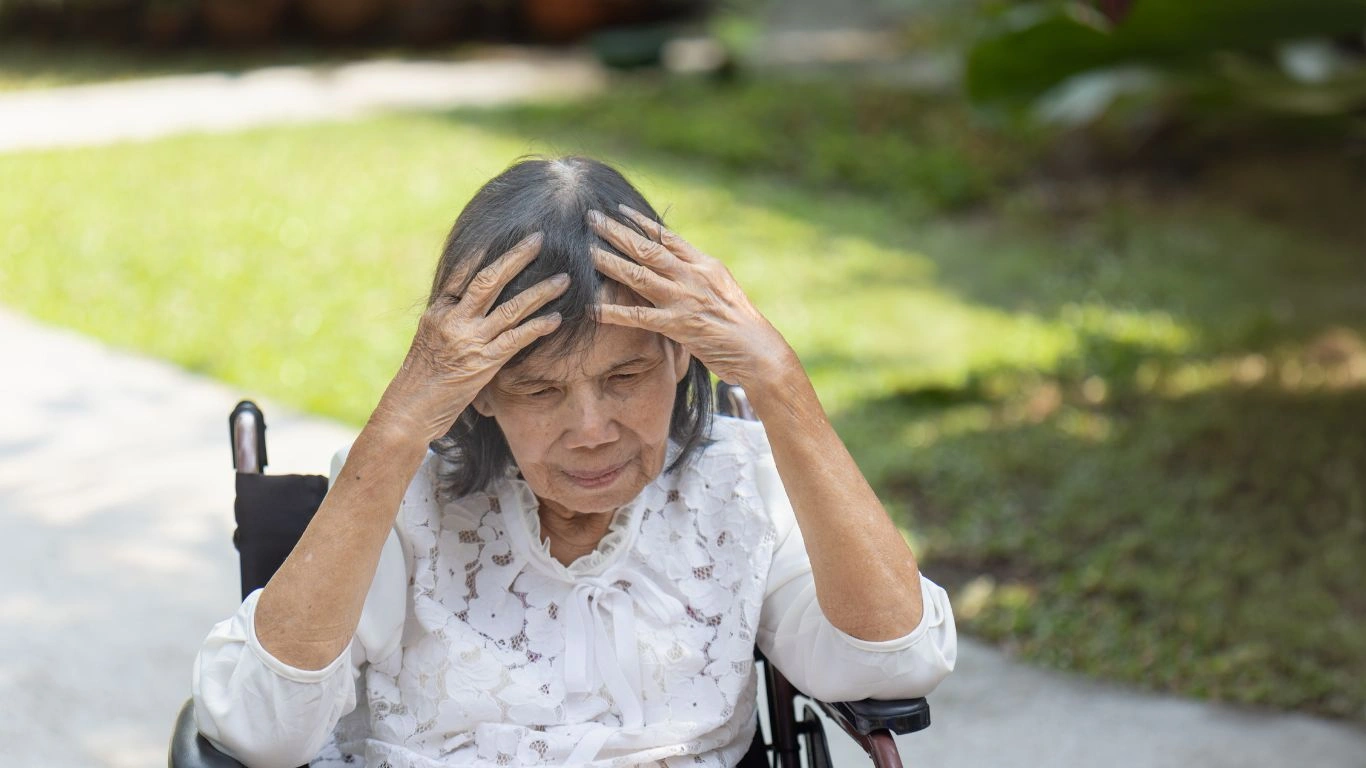
Cold Exposure and Inflammation: A Natural Remedy
Another fascinating benefit of cold exposure is its impact on inflammation. As anyone who has ever struggled with hypertension knows, inflammation is often at the root of many health issues. Chronic low-grade inflammation in the body can damage blood vessels, increasing the risk of hypertension and heart disease. The good news is that cold exposure therapy can potentially help reduce inflammation by stimulating the body’s natural anti-inflammatory responses.
When you expose your body to cold temperatures, it stimulates the production of certain molecules that act as natural anti-inflammatories. These molecules work to repair damaged blood vessels and reduce swelling. Over time, consistent cold exposure may help reduce chronic inflammation, which in turn can have a positive effect on your blood pressure.
The Psychological Benefits of Cold Exposure Therapy
Cold exposure therapy isn’t just about physical health—it can have significant mental and emotional benefits too. As someone who has worked with countless patients dealing with the mental toll of hypertension, I can’t stress enough how crucial it is to address the psychological aspect of high blood pressure management. Stress, anxiety, and poor mental health are all key contributors to hypertension, and they can make managing the condition even harder.
One of the lesser-known benefits of cold exposure is its ability to improve mood and reduce feelings of stress. You might be thinking, “How on earth can freezing water make me feel better?” Well, the science behind this is pretty cool (no pun intended). Cold exposure triggers the release of endorphins, the body’s natural “feel-good” chemicals. This can lead to an improvement in mood, reduced stress levels, and even better sleep quality. Over time, these benefits can help you manage your blood pressure more effectively by reducing the negative impact of stress.
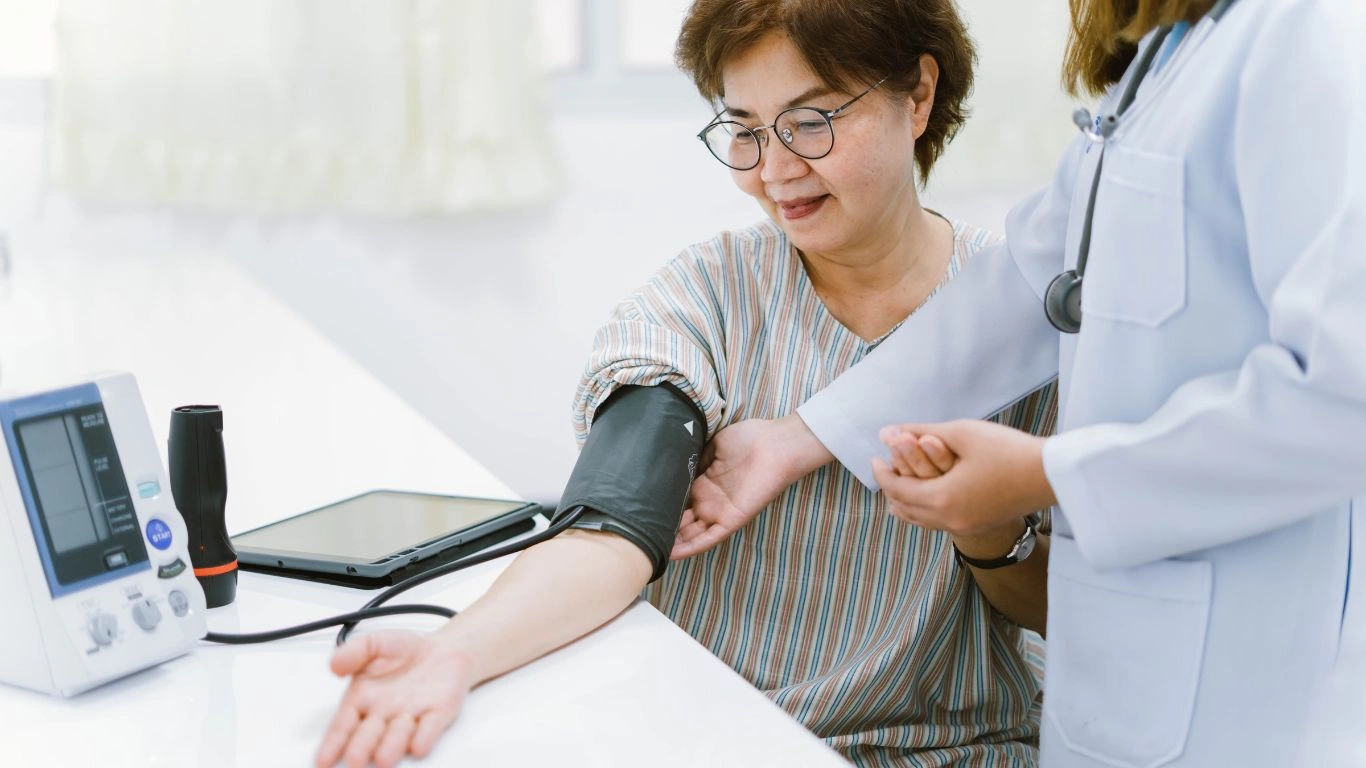
Cold Exposure as a Tool for Resilience
It’s not just about the physical benefits of cold exposure; there’s a mental resilience factor too. I’ve found that many of my patients who incorporate cold exposure into their routine report feeling more mentally resilient overall. The reason? Cold exposure forces you to confront discomfort head-on, and over time, it helps you build the mental toughness needed to handle stress in other areas of life. That ability to manage discomfort and stress can be directly translated into better control over your blood pressure.
Think of it this way: by regularly subjecting yourself to cold exposure, you’re training your mind and body to handle stress more efficiently. That’s a huge asset when it comes to managing hypertension. In fact, many people who engage in cold exposure therapy report feeling more calm and collected throughout their day, even in high-pressure situations.
Is Cold Exposure Therapy Right for You?
So, after learning all about the potential benefits of cold exposure therapy, you may be wondering if it’s the right approach for you. The short answer: it depends. While cold exposure therapy has a lot of potential, it’s not for everyone, and it’s important to listen to your body. As with any form of therapy, it’s always a good idea to consult with a healthcare professional before making any significant changes to your routine—especially if you have a history of heart disease or other serious health conditions.
What to Keep in Mind
If you’re considering trying cold exposure therapy, here are a few important things to keep in mind:
- Start Slowly: If you’ve never tried cold exposure before, it’s important to ease into it. Begin with shorter sessions and gradually increase the duration as your body becomes accustomed to the cold.
- Monitor Your Health: Pay attention to how your body responds. If you start to feel faint, dizzy, or uncomfortable, stop immediately and warm up.
- Consistency is Key: For the best results, incorporate cold exposure into your routine regularly. Sporadic cold exposure may not provide the same long-term benefits as consistent practice.
Consult with a Healthcare Provider
Finally, it’s always a good idea to talk to your doctor before starting any new therapy or treatment plan. They can help assess whether cold exposure therapy is appropriate for you and offer personalized guidance based on your medical history and health goals. This ensures that you’re making the best decision for your individual needs.

Long-Term Benefits of Cold Exposure for Hypertension Management
If you’ve made it this far, you’re probably already intrigued by how cold exposure therapy could be a potential tool for managing your hypertension. But what about the long-term benefits? As someone who’s seen the ups and downs of blood pressure management over the years, I can tell you that the journey isn’t always straightforward. That’s why it’s important to focus on sustainable, long-term strategies that you can maintain for the rest of your life. Cold exposure, when done consistently and safely, may offer those long-term benefits to help keep your blood pressure in check.
Over time, regular cold exposure can lead to a noticeable reduction in your baseline blood pressure. How? The key lies in the cumulative effects on your blood vessels, circulation, and stress response. With consistent practice, your body will adapt to the cold, improving circulation and reducing inflammation. This, in turn, may help to naturally keep your blood pressure lower, without the need for additional medication or drastic lifestyle changes. Imagine a future where you’re not constantly worried about spikes in your blood pressure because you’ve got your body’s natural defenses working in your favor!
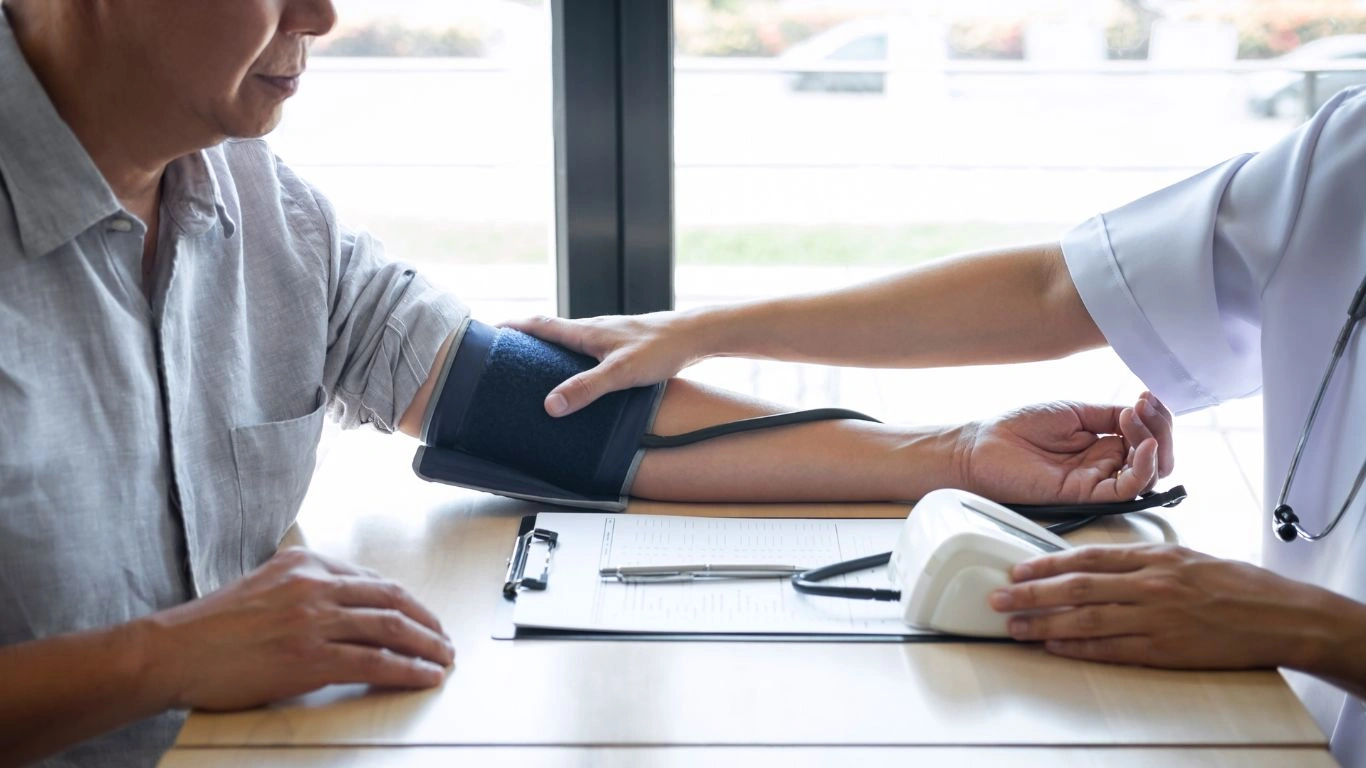
Creating a Balanced Cold Exposure Routine
As tempting as it may be to jump straight into ice baths or extreme cold exposure, the truth is, balance is key. If you’re just getting started with cold exposure therapy, it’s important to gradually build your tolerance. Overdoing it can actually increase your stress levels, which is the opposite of what we want when managing hypertension.
As a professional who helps people manage their blood pressure, I’ve found that the most successful patients are the ones who take things slow and listen to their bodies. Cold exposure doesn’t need to be extreme to be effective. Start by incorporating a 30-second cold shower at the end of your usual warm shower. Once you feel comfortable, you can slowly increase the duration and intensity of your cold exposure sessions. Eventually, you can experiment with other methods like ice baths or cold plunges, but always remember: start slow, stay consistent, and build up over time.
Incorporating Cold Exposure into Your Daily Routine
Consistency is where the magic happens. Cold exposure, like most lifestyle habits, works best when done regularly. That means if you’re serious about using cold exposure therapy as a tool for managing hypertension, try to make it a part of your daily routine. But don’t worry, it doesn’t need to take a lot of time! You can start with just a few minutes a day, and before long, it can become a quick and easy addition to your health regimen.
For example, a quick cold shower at the end of your usual routine, or a brisk walk outside on a chilly morning, could be enough to provide the benefits you’re looking for. Over time, these small, consistent actions can help train your body to become more resilient to stress and improve circulation, contributing to a more balanced and lower blood pressure. Remember, the goal is not just to survive the cold but to make it a consistent part of your lifestyle for long-term benefits.

Precautions and Safety Tips
While cold exposure therapy can offer benefits for hypertension management, it’s essential to approach it with caution. It’s always best to err on the side of safety, especially when you’re trying something new. Let’s take a closer look at some precautions and safety tips that can help you get the most out of your cold exposure practice, while minimizing any potential risks.
Listen to Your Body
First and foremost, always listen to your body. If you start to feel dizzy, faint, or uncomfortable during cold exposure, it’s important to stop immediately and warm up. Cold exposure should never cause pain or distress. It’s normal to feel a bit of discomfort, but if the cold becomes too much, or if you experience any concerning symptoms, don’t push through it. Trust me, I’ve seen too many people try to go beyond their limits, only to end up doing more harm than good.
Consult with Your Doctor
If you have any underlying health conditions, particularly heart disease or respiratory issues, it’s crucial to consult with a healthcare professional before beginning cold exposure therapy. Cold exposure can cause significant changes in heart rate and blood pressure, and if you have a pre-existing condition, it may not be the right approach for you. Your doctor can help determine whether cold exposure therapy is safe and appropriate, and provide you with specific guidelines for your personal health situation.
Stay Safe and Gradual
As I’ve mentioned before, start slowly. Don’t jump straight into long ice baths or cold showers that last for several minutes. Gradually build up your tolerance so your body can adapt to the cold in a safe and controlled manner. This allows you to enjoy the benefits of cold exposure without overwhelming your system. And remember, it’s okay to take breaks in between cold exposure sessions as your body gets used to the practice.
References
For further reading on cold exposure therapy and its potential benefits for hypertension management, check out the following resources:
Disclaimer
While cold exposure therapy has shown promise in managing hypertension and improving overall health, it’s important to remember that this method is not a substitute for medical treatment. Always consult with your healthcare provider before starting any new health regimen. Cold exposure therapy may not be suitable for everyone, particularly individuals with certain pre-existing conditions. Be sure to listen to your body and seek professional advice to determine if it’s the right approach for you.

Dr. Gwenna Aazee is a board-certified Internal Medicine Physician with a special focus on hypertension management, chronic disease prevention, and patient education. With years of experience in both clinical practice and medical writing, she’s passionate about turning evidence-based medicine into accessible, actionable advice. Through her work at Healthusias.com, Dr. Aazee empowers readers to take charge of their health with confidence and clarity. Off the clock, she enjoys deep dives into nutrition research, long walks with her rescue pup, and simplifying medical jargon one article at a time.





